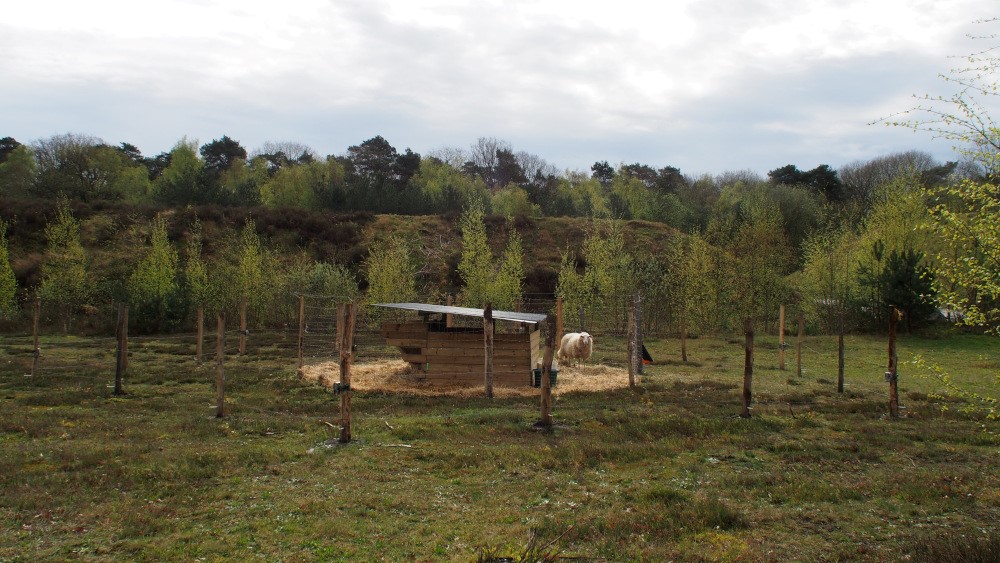'Minimum wolf-proof fence' experiment launched
One of the best means of protecting small livestock from wolves are electric fences. They thus constitute an important measure for harmonious coexistence between humans and wolves. However, we know little about wolves’ reactions to such barriers and this makes it difficult to improve them.
Fences also have a number of disadvantages: construction and regular maintenance require significant investments, it is technical, it can require training, and it can fragment the landscape for other species. Can we adapt current designs to mitigate these drawbacks?
To answer, we first intend to find the minimum requirements for a wolf-proof fence. We built three identical test enclosures in Limburg, Antwerp and Drenthe (the Netherlands). At each location, a first enclosure keep the sheep perfectly safe for the entire length of the test. Around it, a second enclosure is built so that we can monitor the response of different wolf packs to five progressively more complex fence designs.
The test enclosures are located in quiet areas in the heart of known wolf territories to maximise the chances of interaction between wolf and the fences and it is replicable: a unique experiment.
The test phase will run until the end of the year, and we hope to conduct further and longer replications in other wolf territories: all suggestions are welcome!
(Images abovbe and below: INBO)

